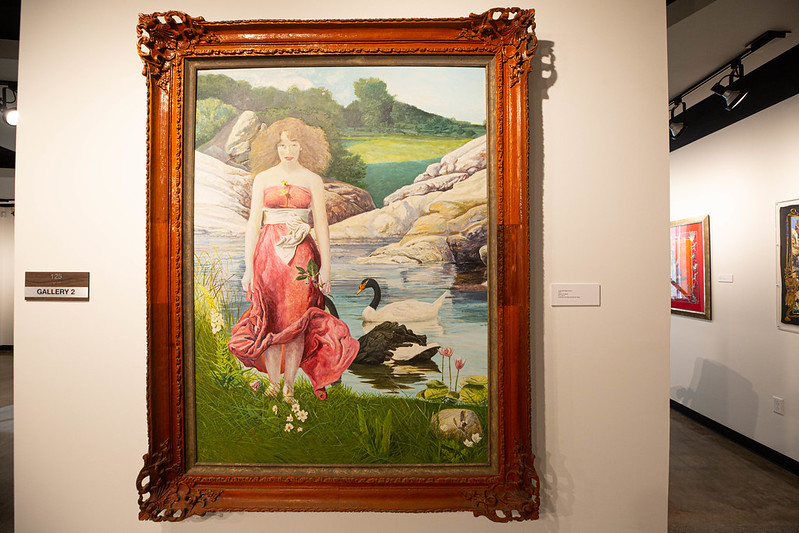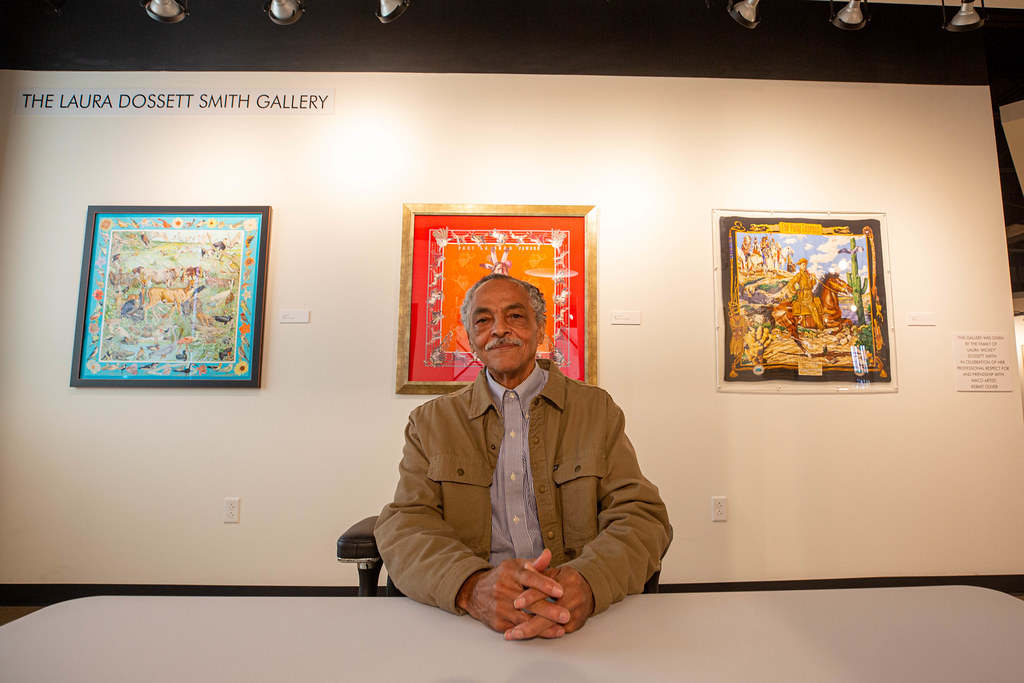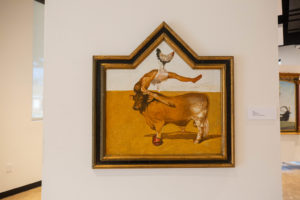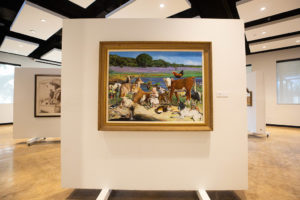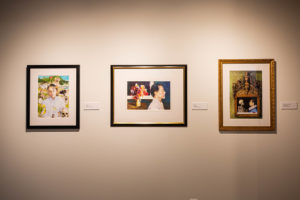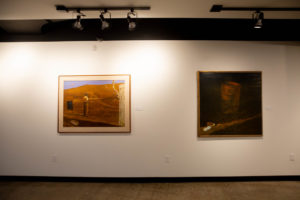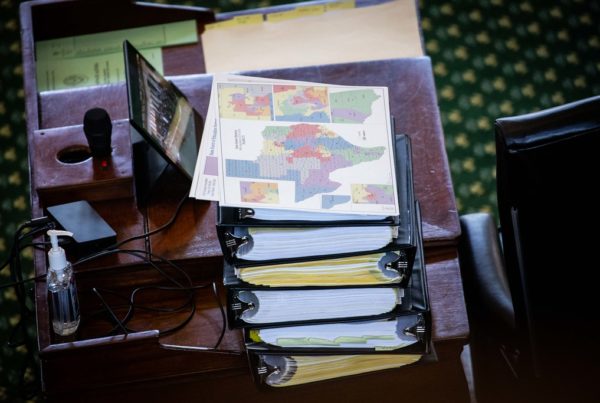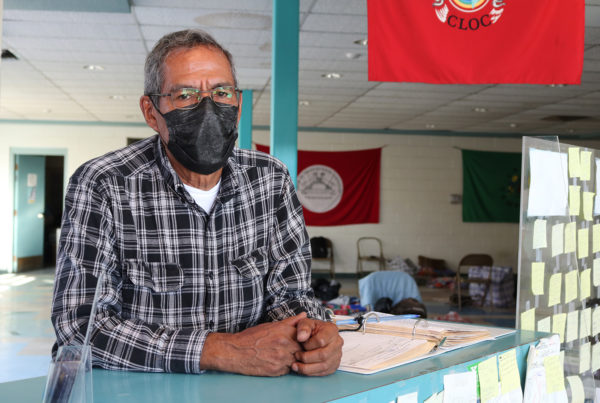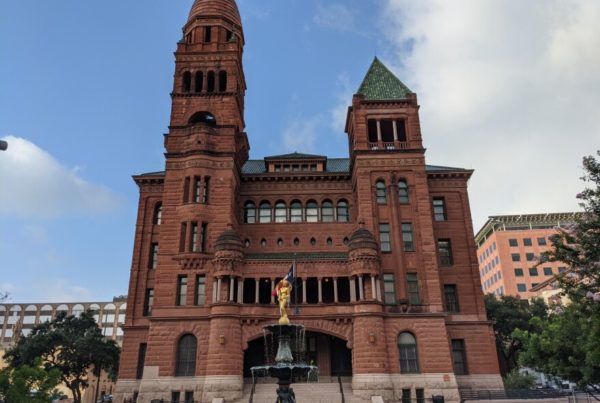Kermit Oliver is one of Texas’ finest artists.
He is the only American to design scarves for Hermès, the French fashion line. He was the first Black artist to be represented by a major gallery in Houston. And in 2017, he was named Texas State Artist of the year.
Still, you’d be excused for not knowing Kermit Oliver’s art, or even his name. It’s an understatement to say that he does not seek the limelight.
His art is now on display at Art Center Waco – the first exhibition in the museum’s new location. “Kermit Oliver:New Narratives, New Beginnings” includes more than 40 of Oliver’s paintings, some of which have never been shown to the public before.
Oliver spoke with Texas Standard’s Michael Marks about his life and career. Listen above for an edited version of the interview. The full version appears below, along with a transcript.
This transcript has been edited for length and clarity.


